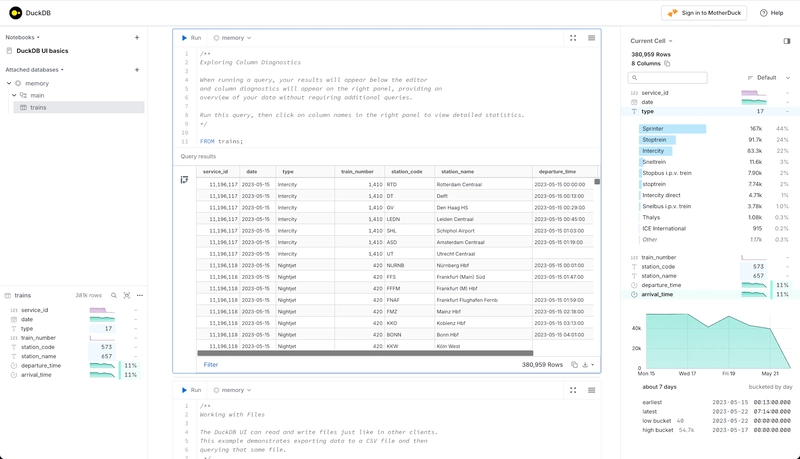Popular Frameworks and Libraries with Node.js
Node.js has become a powerhouse for building fast, scalable, and efficient web applications. Its non-blocking, event-driven architecture makes it a favorite for developers working on everything from small projects to enterprise-level systems. To supercharge development, developers rely on frameworks and libraries that simplify tasks, enhance productivity, and provide robust features. Why Use Frameworks and Libraries with Node.js? Node.js is lightweight and flexible, but building complex applications from scratch can be time-consuming. Frameworks provide structure, reusable components, and best practices, while libraries offer specific tools for tasks like database interactions, authentication, or API handling. Together, they help developers save time, reduce bugs, and focus on building features rather than boilerplate code. Let’s explore the top frameworks and libraries that are trending in the Node.js ecosystem today. Popular Node.js Frameworks 1. Express.js Express.js is the most widely used Node.js framework, known for its simplicity and flexibility. It’s a minimalistic, unopinionated framework that provides a robust set of features for building web applications and APIs. Why use it? Lightweight and easy to learn, making it ideal for beginners and experts alike. Extensive middleware support for handling requests, authentication, and more. Large community and ecosystem with countless plugins and tutorials. Perfect for building RESTful APIs and single-page applications. Use case? Express is great for rapid development of APIs, microservices, or full-stack apps with frontends like React or Vue. 2. NestJS NestJS is a progressive, TypeScript-based framework for building scalable and maintainable server-side applications. It combines elements of object-oriented programming, functional programming, and reactive programming. Why use it? Built with TypeScript, offering strong typing and better tooling. Modular architecture for organizing code in large projects. Supports dependency injection, making it easier to test and maintain. Integrates well with tools like GraphQL, WebSockets, and microservices. Use case? Ideal for enterprise applications, complex backend systems, or projects requiring a structured approach. 3. Fastify Fastify is a high-performance framework focused on speed and low overhead. It’s designed to handle large volumes of requests with minimal resource usage. Why use it? One of the fastest Node.js frameworks, thanks to its efficient request handling. Built-in support for JSON schema validation, making API development smoother. Extensible plugin system for adding custom functionality. Strong focus on developer experience with clear documentation. Use case? Perfect for high-traffic APIs, real-time applications, or performance-critical systems. 4. Koa Koa is a lightweight framework that leverages modern JavaScript features like async/await to simplify middleware handling. It’s often seen as a successor to Express. Why use it? Cleaner middleware system using async functions, reducing callback hell. Minimal core, allowing developers to add only what they need. Great for small to medium-sized applications or prototyping. Strong community support and active development. Use case? Best for developers who want a modern, lightweight alternative to Express for building APIs or web apps. Popular Node.js Libraries Frameworks provide the backbone, but libraries add the specialized tools you need for specific tasks. Here are some of the most popular libraries in the Node.js ecosystem. 1. Mongoose Mongoose is an Object Data Modeling (ODM) library for MongoDB, simplifying database interactions in Node.js applications. Why use it? Provides a schema-based approach to model data, ensuring consistency. Simplifies complex MongoDB queries with an intuitive API. Supports validation, middleware, and relationships. Large community and extensive documentation. Use case? Essential for projects using MongoDB, such as MEAN or MERN stack applications. 2. Prisma Prisma is a modern ORM (Object-Relational Mapping) tool that supports multiple databases like PostgreSQL, MySQL, and SQLite. It’s known for its type-safe queries and developer-friendly API. Why use it? Type-safe database queries with excellent TypeScript integration. Intuitive query builder that reduces boilerplate code. Supports migrations and schema management. Works with both SQL and NoSQL databases. Use case? Great for projects requiring a robust database layer, especially with relational databases or TypeScript-heavy codebases. 3. Axios Axios is a promise-based HTTP client for making API requests from Node.js or the browser. Why use it? Simplifies HTTP requests with a clean, promise-based API. Supports request and response interceptors for advanced use cases. Handles JSON data automatically and supports error handling. Works seamlessly in both server-side and client-side code. Use case? Perfect f
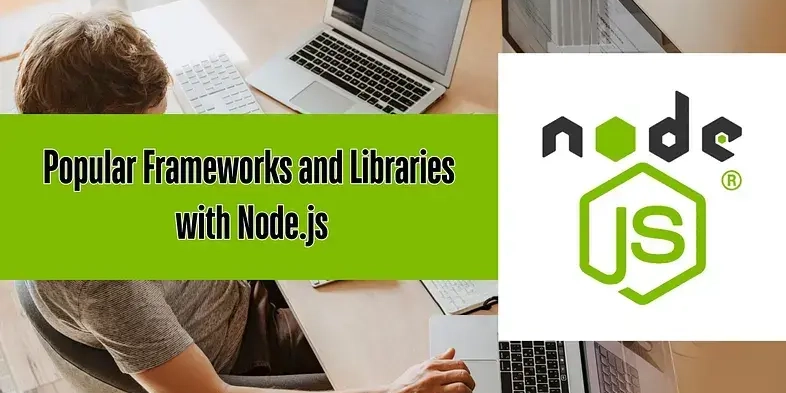
Node.js has become a powerhouse for building fast, scalable, and efficient web applications. Its non-blocking, event-driven architecture makes it a favorite for developers working on everything from small projects to enterprise-level systems. To supercharge development, developers rely on frameworks and libraries that simplify tasks, enhance productivity, and provide robust features.
Why Use Frameworks and Libraries with Node.js?
Node.js is lightweight and flexible, but building complex applications from scratch can be time-consuming. Frameworks provide structure, reusable components, and best practices, while libraries offer specific tools for tasks like database interactions, authentication, or API handling. Together, they help developers save time, reduce bugs, and focus on building features rather than boilerplate code.
Let’s explore the top frameworks and libraries that are trending in the Node.js ecosystem today.
Popular Node.js Frameworks
1. Express.js
Express.js is the most widely used Node.js framework, known for its simplicity and flexibility. It’s a minimalistic, unopinionated framework that provides a robust set of features for building web applications and APIs.
Why use it?
Lightweight and easy to learn, making it ideal for beginners and experts alike.
Extensive middleware support for handling requests, authentication, and more.
Large community and ecosystem with countless plugins and tutorials.
Perfect for building RESTful APIs and single-page applications.
Use case?
Express is great for rapid development of APIs, microservices, or full-stack apps with frontends like React or Vue.
2. NestJS
NestJS is a progressive, TypeScript-based framework for building scalable and maintainable server-side applications. It combines elements of object-oriented programming, functional programming, and reactive programming.
Why use it?
Built with TypeScript, offering strong typing and better tooling.
Modular architecture for organizing code in large projects.
Supports dependency injection, making it easier to test and maintain.
Integrates well with tools like GraphQL, WebSockets, and microservices.
Use case?
Ideal for enterprise applications, complex backend systems, or projects requiring a structured approach.
3. Fastify
Fastify is a high-performance framework focused on speed and low overhead. It’s designed to handle large volumes of requests with minimal resource usage.
Why use it?
One of the fastest Node.js frameworks, thanks to its efficient request handling.
Built-in support for JSON schema validation, making API development smoother.
Extensible plugin system for adding custom functionality.
Strong focus on developer experience with clear documentation.
Use case?
Perfect for high-traffic APIs, real-time applications, or performance-critical systems.
4. Koa
Koa is a lightweight framework that leverages modern JavaScript features like async/await to simplify middleware handling. It’s often seen as a successor to Express.
Why use it?
Cleaner middleware system using async functions, reducing callback hell.
Minimal core, allowing developers to add only what they need.
Great for small to medium-sized applications or prototyping.
Strong community support and active development.
Use case?
Best for developers who want a modern, lightweight alternative to Express for building APIs or web apps.
Popular Node.js Libraries
Frameworks provide the backbone, but libraries add the specialized tools you need for specific tasks. Here are some of the most popular libraries in the Node.js ecosystem.
1. Mongoose
Mongoose is an Object Data Modeling (ODM) library for MongoDB, simplifying database interactions in Node.js applications.
Why use it?
Provides a schema-based approach to model data, ensuring consistency.
Simplifies complex MongoDB queries with an intuitive API.
Supports validation, middleware, and relationships.
Large community and extensive documentation.
Use case?
Essential for projects using MongoDB, such as MEAN or MERN stack applications.
2. Prisma
Prisma is a modern ORM (Object-Relational Mapping) tool that supports multiple databases like PostgreSQL, MySQL, and SQLite. It’s known for its type-safe queries and developer-friendly API.
Why use it?
Type-safe database queries with excellent TypeScript integration.
Intuitive query builder that reduces boilerplate code.
Supports migrations and schema management.
Works with both SQL and NoSQL databases.
Use case?
Great for projects requiring a robust database layer, especially with relational databases or TypeScript-heavy codebases.
3. Axios
Axios is a promise-based HTTP client for making API requests from Node.js or the browser.
Why use it?
Simplifies HTTP requests with a clean, promise-based API.
Supports request and response interceptors for advanced use cases.
Handles JSON data automatically and supports error handling.
Works seamlessly in both server-side and client-side code.
Use case?
Perfect for integrating third-party APIs, fetching data, or building microservices.
4. Socket.IO
Socket.IO is a library for enabling real-time, bidirectional communication between clients and servers using WebSockets.
Why use it?
Simplifies WebSocket implementation for real-time features.
Supports fallback mechanisms for older browsers.
Easy to integrate with Express or other frameworks.
Ideal for chat apps, live notifications, or collaborative tools.
Use case?
Essential for real-time applications like chat systems, gaming servers, or live dashboards.
Choosing the Right Tool for Your Project
With so many options, how do you pick the right framework or library?
Here are some quick tips:
For speed and simplicity: Go with Express or Koa for quick prototyping or small apps.
For scalability and structure: NestJS or Fastify are better for large, maintainable projects.
For database interactions: Use Mongoose for MongoDB or Prisma for SQL databases.
For real-time features: Socket.IO is your go-to for WebSocket-based apps.
For API requests: Axios is a reliable choice for HTTP client needs.
Consider your project’s size, complexity, and team expertise when making a decision. Many of these tools can be combined — Express with Mongoose and Socket.IO, for example — to create a powerful stack.
I’m sharing practical JavaScript, React, TypeScript, and Node.js tutorials on Medium. If you’re into coding tips and guides, check out my profile: https://medium.com/@CodingAdventure









































































































































































![[The AI Show Episode 144]: ChatGPT’s New Memory, Shopify CEO’s Leaked “AI First” Memo, Google Cloud Next Releases, o3 and o4-mini Coming Soon & Llama 4’s Rocky Launch](https://www.marketingaiinstitute.com/hubfs/ep%20144%20cover.png)
















































































































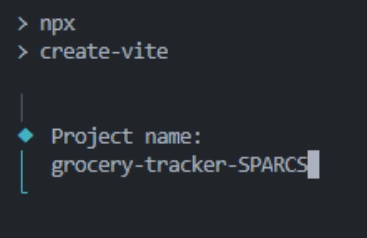
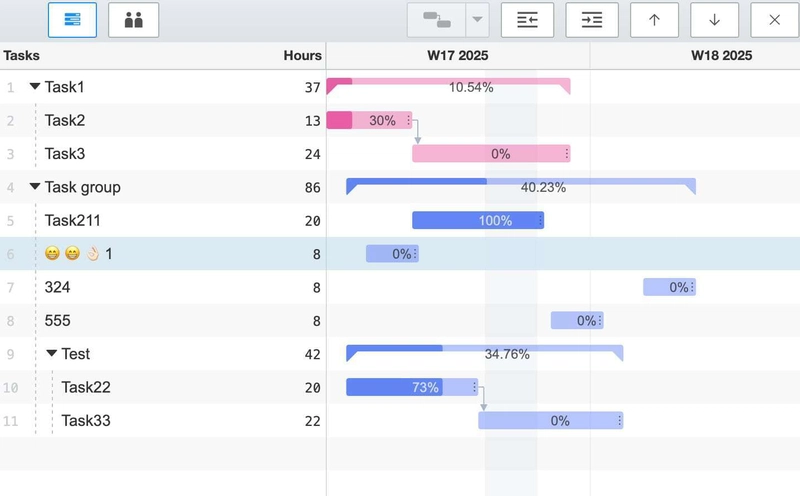
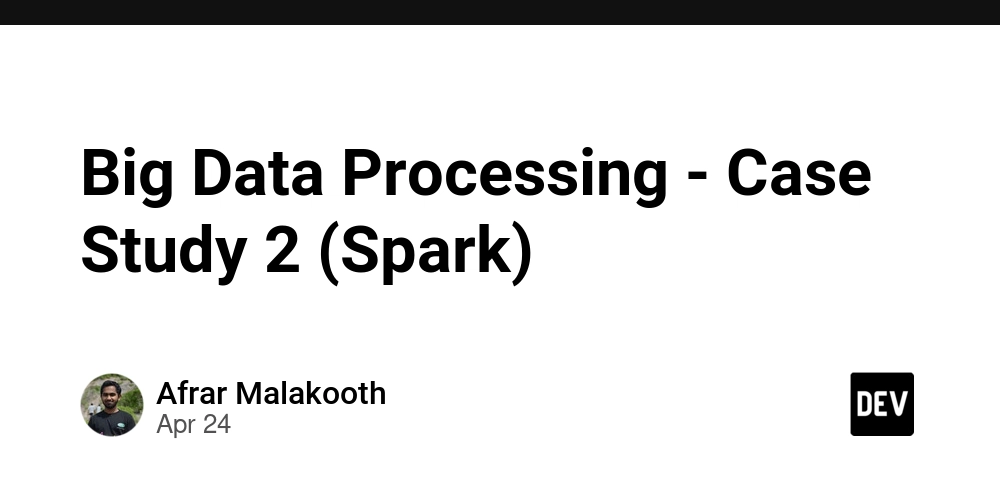






































![Is This Programming Paradigm New? [closed]](https://miro.medium.com/v2/resize:fit:1200/format:webp/1*nKR2930riHA4VC7dLwIuxA.gif)



























































































-Classic-Nintendo-GameCube-games-are-coming-to-Nintendo-Switch-2!-00-00-13.png?width=1920&height=1920&fit=bounds&quality=70&format=jpg&auto=webp#)























_Olekcii_Mach_Alamy.jpg?width=1280&auto=webp&quality=80&disable=upscale#)












































































































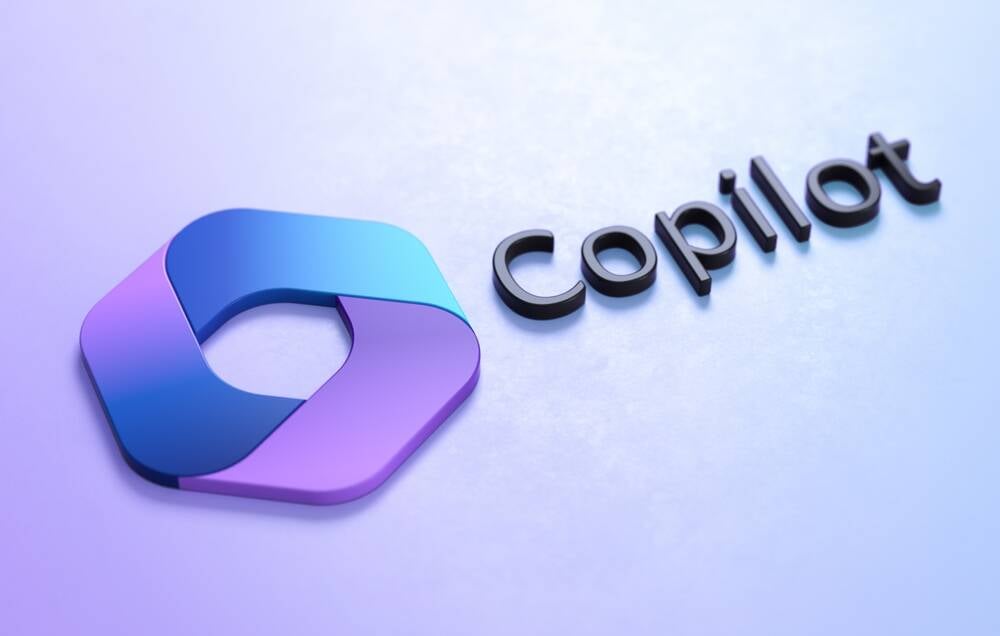


![M4 MacBook Air Drops to New All-Time Low of $912 [Deal]](https://www.iclarified.com/images/news/97108/97108/97108-640.jpg)
![New iPhone 17 Dummy Models Surface in Black and White [Images]](https://www.iclarified.com/images/news/97106/97106/97106-640.jpg)








































































































































